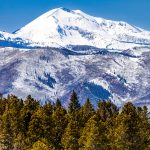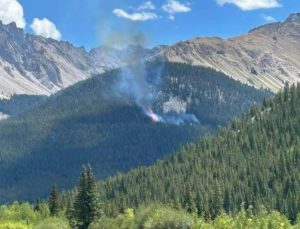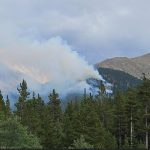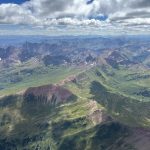Aspen predicted to see slightly less snow, warmer temps this winter
Forecast models are suggesting Aspen might not have optimal winter conditions, but not all is lost for ski days
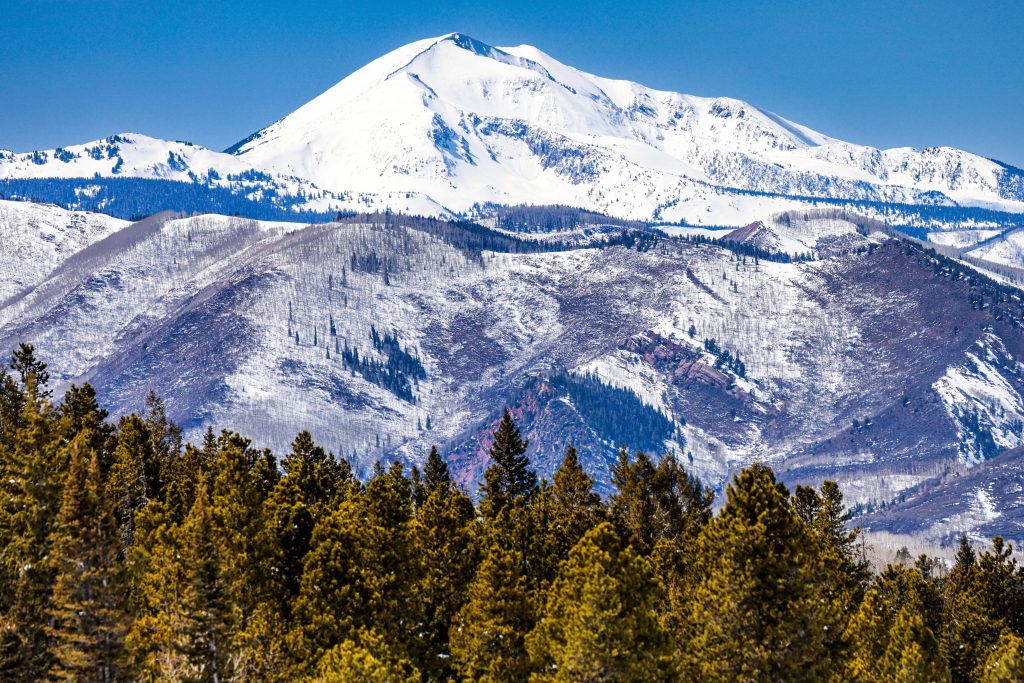
Austin Colbert/The Aspen Times
For the Aspen area, Meteorologist Alan Smith said the weather is right on the edge.
“It could go either way,” Smith said of this upcoming winter. “There are always going to be surprises.”
But even with the uncertainty, the outlook in Aspen appears to be favoring a season with above-average temperatures and below-average snowfall.
“There is a slight signal for below-normal snowfall along the Western Slope and extending into the Aspen/Crested Butte areas,” he wrote for OpenSnow’s 2025-2026 North America Winter Forecast Preview, “but it’s a 50/50 outlook for the rest of the state.”
He added to The Aspen Times that, “It’s what’s favored based on what we’ve seen. We’re (also) expecting higher probability of above-normal temperatures on the Western Slope. I wouldn’t be surprised if we saw some warmer, higher density snow events than normal based on trends we’ve seen in the past with warmer temperatures tending to creep into Western Colorado.”
According to Smith, a northwest flow tendency he’s seeing for this winter opens the door for cold air blasts through the U.S. Plains, which typically don’t make it over the Continental Divide to Western Colorado because those cold air masses are so shallow.
That doesn’t mean this area won’t get any cold snaps — Smith confirmed colder stretches can still be present throughout the winter even with the current forecast.
With regards to evidence of climate change in Colorado, he said trends over the long term are more indicative.
“It’s tricky because (Colorado) changes so much from year to year,” he said. “There are no long-term changes in winter snowfall yet in Western Colorado, but it may be starting.”
Smith said temperatures rising over the long term in general could potentially mean lower snow levels in the lower valley areas and an earlier melt for spring snowpack despite a big snow year.
He also noted there’s been an increase in the last couple decades in springtime dust events due to a dryer Southwest. He credited that dryness both to climate change and development. Those dust events can accelerate snowmelt in Colorado mountains.
“We’ve seen that happen a lot, especially in the San Juans,” he said, “and more in Aspen and the Western Slope in recent years.”
And a warmer climate in high mountain areas like Aspen doesn’t necessarily mean less winter snowfall. In some cases, he said it could mean more winter snowfall due to the fact that there’s more moisture held in the air.
So for those looking to plan ski trips this winter, when’s the best time to do it?
“If you’re looking to ski powder, it really is the closer you get to a trip, the better,” Smith said. “Seven to 10 days is just getting into the window where you can start to gain some confidence in the large-scale (weather) pattern. Once you get within seven days, you start to get a better idea of storms and timing.”
To read more of his 2025-2026 North America Winter Forecast Preview, visit opensnow.com/news/post/2025-2026-north-america-winter-forecast-preview.
He emphasized that weather is always subject to change, and forecasts are never guaranteed. Those interested in following along as the season progresses can download the free OpenSnow app for the most accurate snow forecast and snow report information at opensnow.com/app or find 10-day snow forecasts and high-resolution weather maps at opensnow.com/dailysnow.
Pitkin County assesses climate action plan progress
Pitkin County has begun to make strides toward its climate goals that the Board of County Commissioners agreed to in March.

